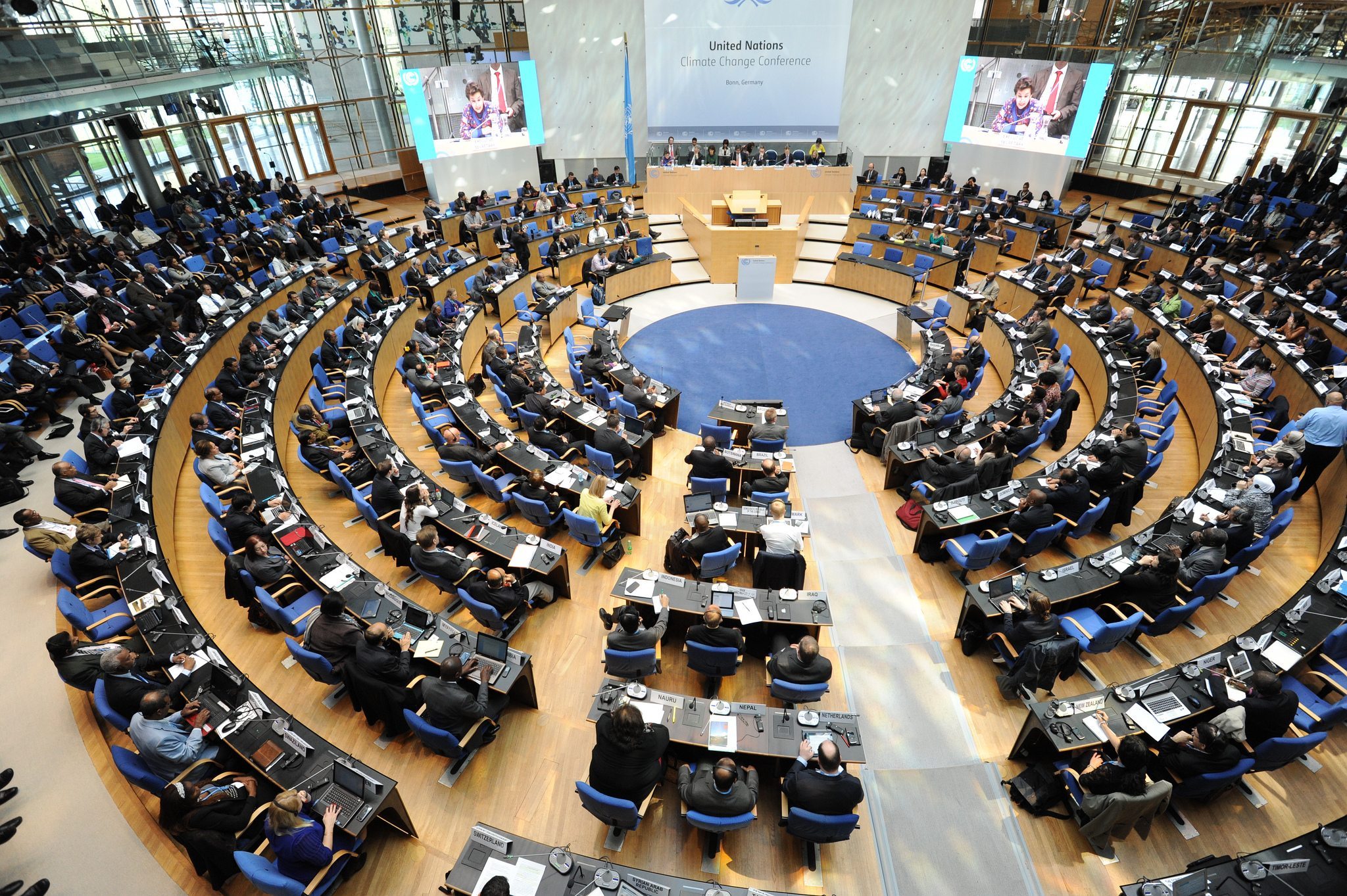Editor’s note: this article was originally published before last week’s horrific terrorist attacks in Paris. Sources have since confirmed that the official talks will continue as planned, though public mobilizations may be scaled back.
1. Why is it called COP21?
Between November 30 and December 11, 2015 a bunch of politicians and global leaders from more than 190 countries will be involved in the 21st Conference of the Parties (COP) to the United Nations Framework Convention on Climate Change (UNFCC). The meeting is known as COP21. They’re meeting in Paris hoping to agree on a global, legally binding climate treaty.
2. Why do these talks matter?
The talks are about agreeing a plan to avoid the worst impacts of climate change, such as more severe droughts, floods and storms. In practice, that means getting us on track to keep global warming below 2 degrees Celsius — the threshold that science shows we must not exceed if we are to avoid catastrophic climate change.
But many places are already feeling the impacts of climate change, at the current level of just under 1 degree Celsius of warming (on average). There are already people seeking to be official climate refugees, conflicts exacerbated by climate change and extreme weather linked to climate change. The Paris negotiations are also about supporting vulnerable countries and communities in adapting to the impacts of climate change that are happening right now.
Some nations, including an alliance of small islands, think the 2 degrees Celsius threshold is too high and are advocating that we should stay within 1.5 degrees Celsius of warming, which is the level of warming we may already be locked into.
3. What do we hope will come out of the negotiations?
An international, legally binding treaty. Not a declaration or other empty promises, but something that legally binds nations and holds them to their commitment to address climate change.
In order to achieve this, U.N. diplomats asked for more preparation to be done before the COP conference, and a contribution from all states is required.
That’s where Intended Nationally Determined Contributions (INDCs) come in. These are the pledges that countries responsible for more than 80 percent of emissions have made towards reducing their carbon footprints in advance of the talks.
However, these aren’t legal commitments — they’re more like indications of intentions for the 155 countries that have submitted them. But one of the aims of COP is to try and get parties to agree a level of legal “bindingness” at Paris.
While the INDCs submitted currently don’t add up to us staying within 2 degrees Celsius of warming (according to UNFCCC analysis) they are a good start. That’s because the INDCs signify what the biggest polluters — including the United States, China, Europe and India — are willing to do to tackle global climate change. But the important thing is that there will need to be a mechanism that reviews INDCs and ratchets up climate ambition after Paris, which will need to be agreed upon at the talks.
4. That’s great but surely it all depends on political will, right?
Absolutely. But the political landscape is looking a lot more promising than it has at previous meetings.
The most significant thing has got to be the historic China-U.S. climate agreement announced last November, in which the world’s two biggest carbon emitters and global superpowers indicated their commitment to moving away from fossil fuels.
Obama has made a global climate deal a priority for his legacy while the G7 — Canada, France, Germany, the United Kingdom, Italy, Japan and the United States — have agreed to de-carbonize over the course of the century, aiming for zero emissions by 2100.
Meanwhile, countries that were previously seen as barriers to a global agreement, including China and India, are driving renewable energy in a big way (though India also wants to double coal production by 2020).
In the business sector, business leaders have pledged to support the Paris talks, while governor of the Bank of England Mark Carney gave investors an incentive to act when he warned that they will face huge climate change losses.
There also appears to be a buildup of pressure from civil society ahead of the COP, and it’s expected that hundreds of thousands will attend mass climate marches in the days before the COP starts.
Overall, the outlook is promising, but it’s important to remember that each country will be looking for a deal that fits best with its own national issues and planning processes.
5. Is there anything I can do?
Yes! It’s important for our leaders to know that we want real and tangible action on climate now. That’s why hundreds of thousands of people will be marching for the climate in cities around the world on November 29. Find out how to join the march for climate justice wherever you are.
Greenpeace’s Energydesk will be reporting regularly on the goings on at COP, including what is being discussed right now and what’s coming up. Stay tuned here for frequent updates. Last but not least, the Greenpeace Podcast breaks COP-related jargon into layman’s terms with reporter Isabel Angell here.


